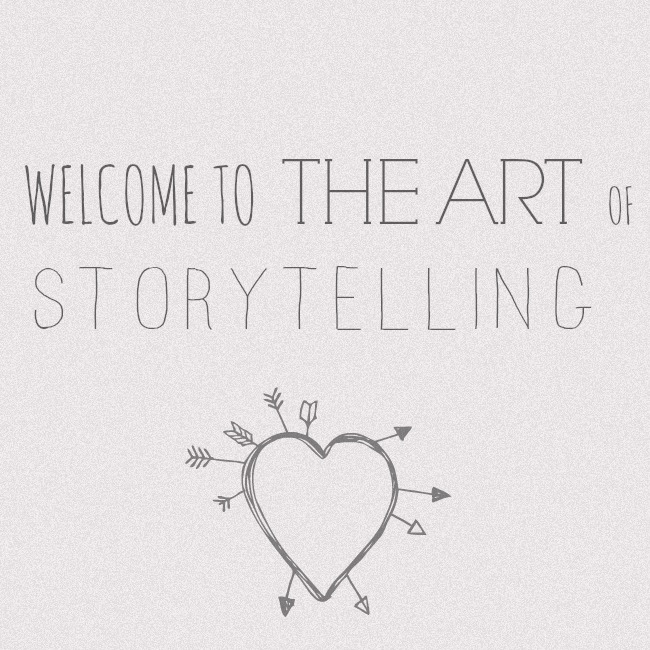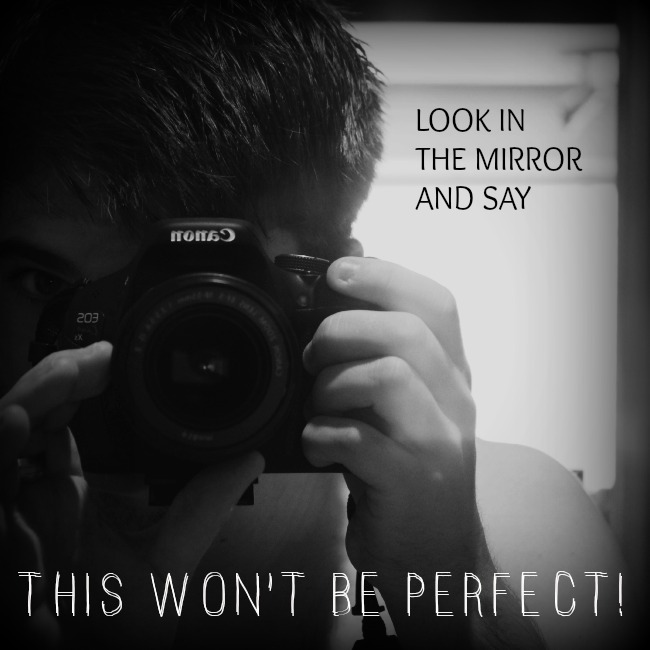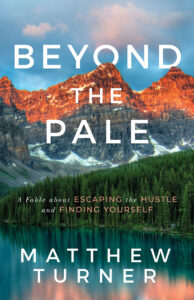It’s a well known fact (although where this fact originated, I have no idea) that 90% of Writing is Rewriting. When it comes to the art of Storytelling, the same rules apply. I speak from experience, because whether I’m writing fiction, non-fiction, storyboarding a video, or crafting copy for a website, the majority of my time involves going over-and-over-and-over my work. These last couple of weeks, I’ve shared posts on Writing Prompts and What To Do When You Run Out Of Ideas.
Well, all this is fine, but futile if you can’t accept one simple fact: that you’ll spend most of your time editing and going over your work.
This post comes at a perfect time, too, for I’m in the middle of writing my third novel, I UNLOVE YOU. The routine is near identical each day: sit down at my laptop, stare at the page for five minutes, try to form an idea that doesn’t suck, and link this to what I wrote yesterday.
Each day is close to torture, but this is what storytelling is like. On this occasion it’s a novel, but I face the same pain with emails, videos, blog posts, and whatever other storytelling goodness I happen to attempt. As you read this, do you nod your head and clench your teeth?
Of course you do, because this is part of the art of storytelling.
Your damn right, Ernest. I suffer through I Unlove You each day, knowing good things rest beneath the surface, but unable to see it through inconsistency and too many ideas. YOU yourself grit your teeth, because you love your story, but struggle to see the light at the end of the tunnel.
Do not fret, for I have a few storytelling techniques and tips to help you through this maze.
[grwebform url=”http://app.getresponse.com/view_webform.js?wid=5059602&u=B3aK” css=”on”/]
WELCOME TO THE ART OF STORYTELLING
The following storytelling techniques are a tad unorthodox, because this part of the storytelling process is about mindset, rather than talent or skill. It’s something I continue to struggle with, regardless of whether it’s my latest novel, or working with a new client. I want to hit the ground running and provide perfection from the start, but this isn’t how it works.
I kid myself into believing: “This time, Turndog, it’ll be different. You’re better and more experienced. This time, the first draft will be awesome. This time, we’ll knock it out of the park.“
BULLSHIT!!!!
I’m an idiot, so please don’t make the same ignorant mistakes as me. PLEASE, accept the process for what it is, and master the art of storytelling in a way only you can. I have to remind myself of these storytelling techniques each time I descend into depression. The first draft is rough. The beginning is tough. But this is fine, for greatness awaits 🙂

STORYTELLING TECHNIQUE 1: FINISH WHAT YOU START
Before you can begin the re-storytelling process, you must first tackle the goddam story. It may sound obvious, but you have to complete the first 10%. At times, it won’t be pretty, but you must forever move forward until you finish what you began.
Now, depending on the size of your project, this isn’t always feasible. For example, I’ve split I UNLOVE YOU into several stages, and when I reach the end of one mini stage (usually 5-8 chapters long), I go back and re-read everything.
I don’t edit per se, rather get my mind around what I’ve written:
- Does it align?
- Are the characters consistent?
- Does the story flow?
- Do I get my point across?
- Is there too much description, or not enough?
I don’t care about repetitive words or grammar. That side of editing comes later, but because I Unlove You is an 80,000 word novel, to tackle the entire thing without looking back scares the hell out of me. BUT, by setting small targets and splitting the project up into stages, I’m able to FINISH each section.
In my opinion, this is key, and one of the main reasons people start projects and never finish. We allow ourselves to get caught up in the re-storyelling process far too early. You have to complete that first 10%. The first 10% is where all your juicy creativity resides, so don’t stifle it by going over your work again-and-again.
It may sound crazy-obvious, but my number one storytelling technique, is to just finish the damn thing!

STORYTELLING TECHNIQUE 2: LOOK IN THE MIRROR & SAY,
…’THIS WON’T BE PERFECT!’ I, like I’m sure you do, strive for perfection. I want to write the perfect book. I dream of creating the perfect blog post. I aspire to work with the perfect client and produce the perfect project. The thing is, perfection is a myth, and 100% subjective. My perfection differs to yours, but despite all this, it doesn’t mean we shouldn’t strive for it.
However, when I feel down and depressed during the early stages of my work, I look in the mirror and say, ‘This will not be perfect.”
Remember, first drafts are always shit. At this moment in time – writing this Blog Post – the words struggle from my fingertips. I know what I want to say, but can’t quite figure out how to say it. But as I go through one edit after another, it’ll come together.
And saying this helps, because it eases the pressure. All I have to do is get to the end of this paragraph… this section…. this post…
This is the art of storytelling, and accepting it’s a process, and that you’ll spend more time refining your ideas than actually coming up with them, makes living through the frustration easier.

STORYTELLING TECHNIQUE 3: REMEMBER YOUR PAST PROJECTS
As I struggle through the first draft of I UNLOVE YOU, I think about Tick to the Tock and Beyond Parallel, and to a lesser extent, all the other projects I’ve worked on over the years: for clients, presentations, interviews, and so on…
Beginning from humble nothingness, each project evolves until one day it’s ready for the real world. I look at my little boy, too, and how he’s grown since birth. I look at myself, as a father, and how I once had no idea what to do (couldn’t change him or bath him or hold him without thinking I’d break him).
It’s difficult to get your head around, because spending 90% of your time re-storytelling is daunting to say the least. If you’re at the beginning of your journey, it’s hard to see the light at the end of the tunnel. But it is there, and so long as you keep going, you’ll get closer and closer, and closer still, until one day you’re done.
Think about your previous books, or school projects, or work projects, or yourself – and where you’ve come from, and how you’ve grown over the last 2… 5… 10 years. Looking back at your story and past achievements soothes the soul, because you remember all those times you FINISHED.

STORYTELLING TECHNIQUE 4: EMBRACE YOUR STORY’S EVOLUTION
Overall, I don’t like editing. I prefer creation, and the fast and furious stage of writing an early draft. However, this isn’t entirely true, as the part I find boring is going over my work with a fine tooth comb for grammar and spelling. If writing is the first 10%, this fine tooth comb process is the final 10%.
That means there’s 80% of re-storytelling in the middle, but it isn’t the boring, stilted kind that drives me insane.
It’s where I read through my story and clean it up, take it to new levels, develop the people and plot and settings, and evolve the story beyond my wildest dreams. Take Tick to the Tock, for instance, my second novel.
I knew this story and its characters inside and out before I penned the first sentence, but as time developed, the characters evolved. The plot changed a little, and where I originally took a left turn, I now took a right. This is wonderful, because it isn’t born through grammar rules or what my editor says, rather my own progression.
The majority of the re-storytelling process is YOU learning new things about YOUR creation. Yes, you may want to rip your hair out after reading through it for the twelfth time, but each occasion offers a new insight, and as you grow as a person, and life continues to inspire you, new nuggets form, and your story evolves. Rather than fight or fear this, embrace it. Love it, because it makes what you’re creating better.

STORYTELLING TECHNIQUE 5: ESCAPE YOUR STORY
I’m a firm believer in running away, because I don’t see it as running away from something, rather running towards something else.
No matter how big or small the project (writing or otherwise), I escape it as often as possible:
- Work on another project
- Read a book
- Go for a walk
- Do yoga
- Eat
- Watch TV
- See a movie
- Draw or Sketch
- Take a trip somewhere
Whether that first 10% is hard or not (for I Unlove You it’s rather tough, for Tick to the Tock, a breeze), we’re usually happy to get lost in its world. After all, it’s new and exciting, and the possibilities are endless. The other 90%…? Always tough, in my experience.
It’s long and arduous and full of twists and turns, and the only way through it is to escape. YES, you have to finish what you start. YES, you must push through difficult times. But you also have to escape and give yourself a break. Some projects take longer than others, and although deadlines are necessary, freedom to escape it is, too.

EMBRACE THE ART OF STORYTELLING
I wrote this post, because the last couple focussed on overcoming writer’s block (which I don’t believe exists), and using creative writing prompts to kick things into gear. Well, all that is fine, but other hardship awaits. You may read this and think it’s applicable to writing books, but I assure you, the same issues await me in everything I do.
Fiction… Non-Fiction… Client Work… Website Work… Blog Posts… Videos… Speaking… Presentations… EVERYTHING
I hope these storytelling techniques help you embrace the other 90%, because although it’s tough, it’s also an amazing part of the process. The art of storytelling is complex, but I love it all 🙂
What about you? Do you suffer through re-storytelling? Do you overcome it in other ways?
I’d love to hear from you, so please get in touch via FACEBOOK or TWITTER – let’s kick this conversation into gear 🙂
TURNDOG
[grwebform url=”http://app.getresponse.com/view_webform.js?wid=2632502&u=B3aK” css=”on”/]


